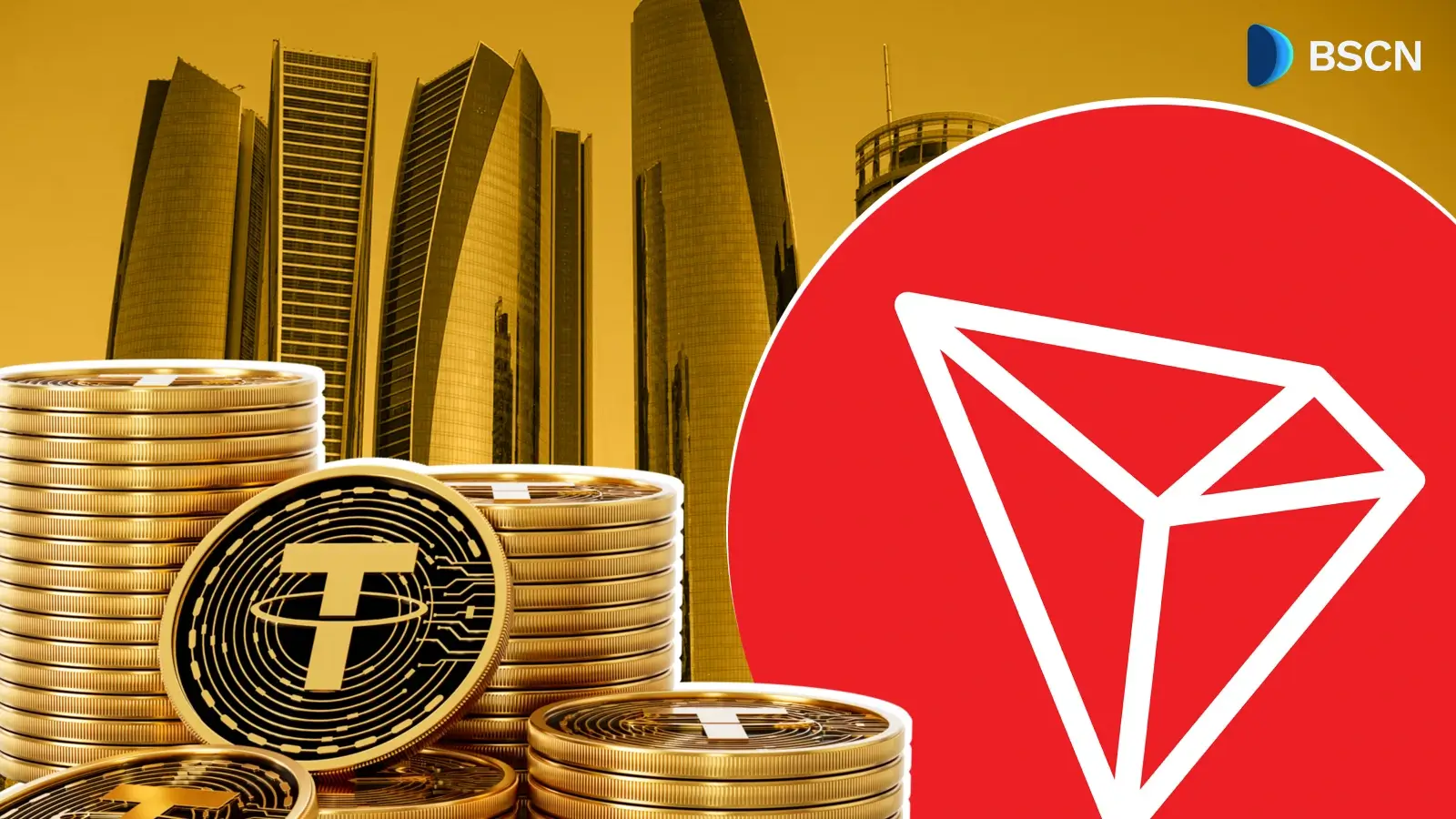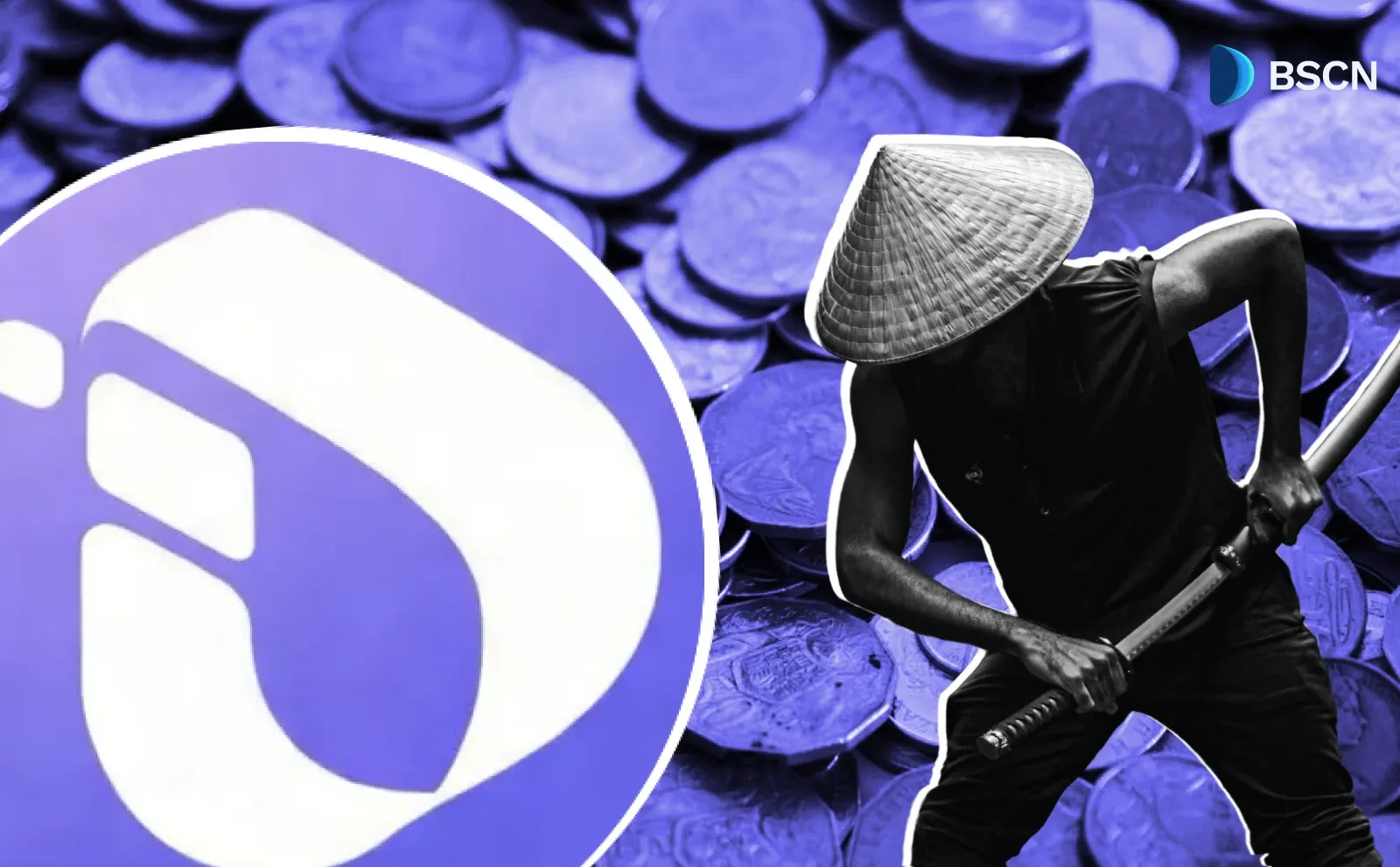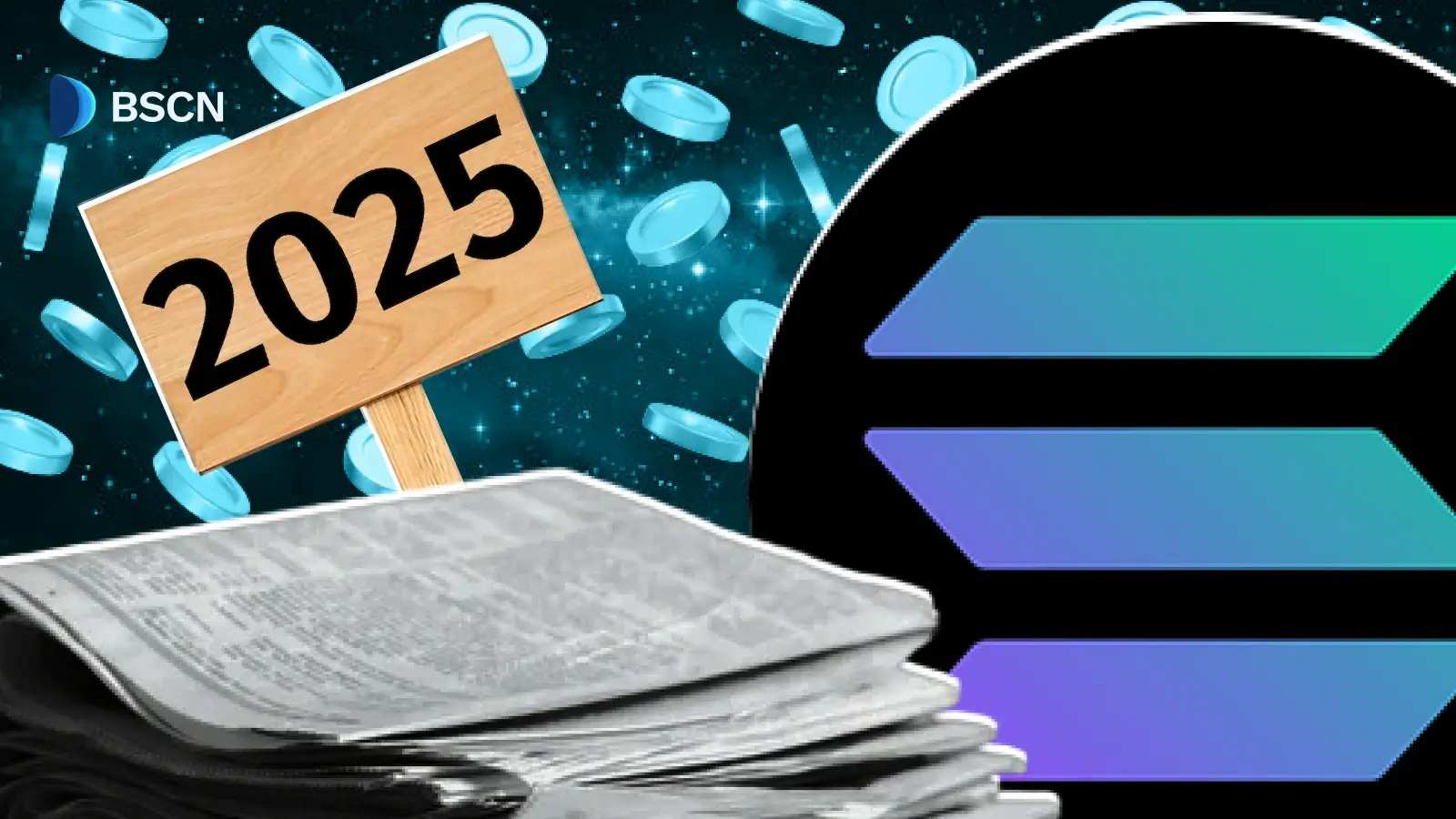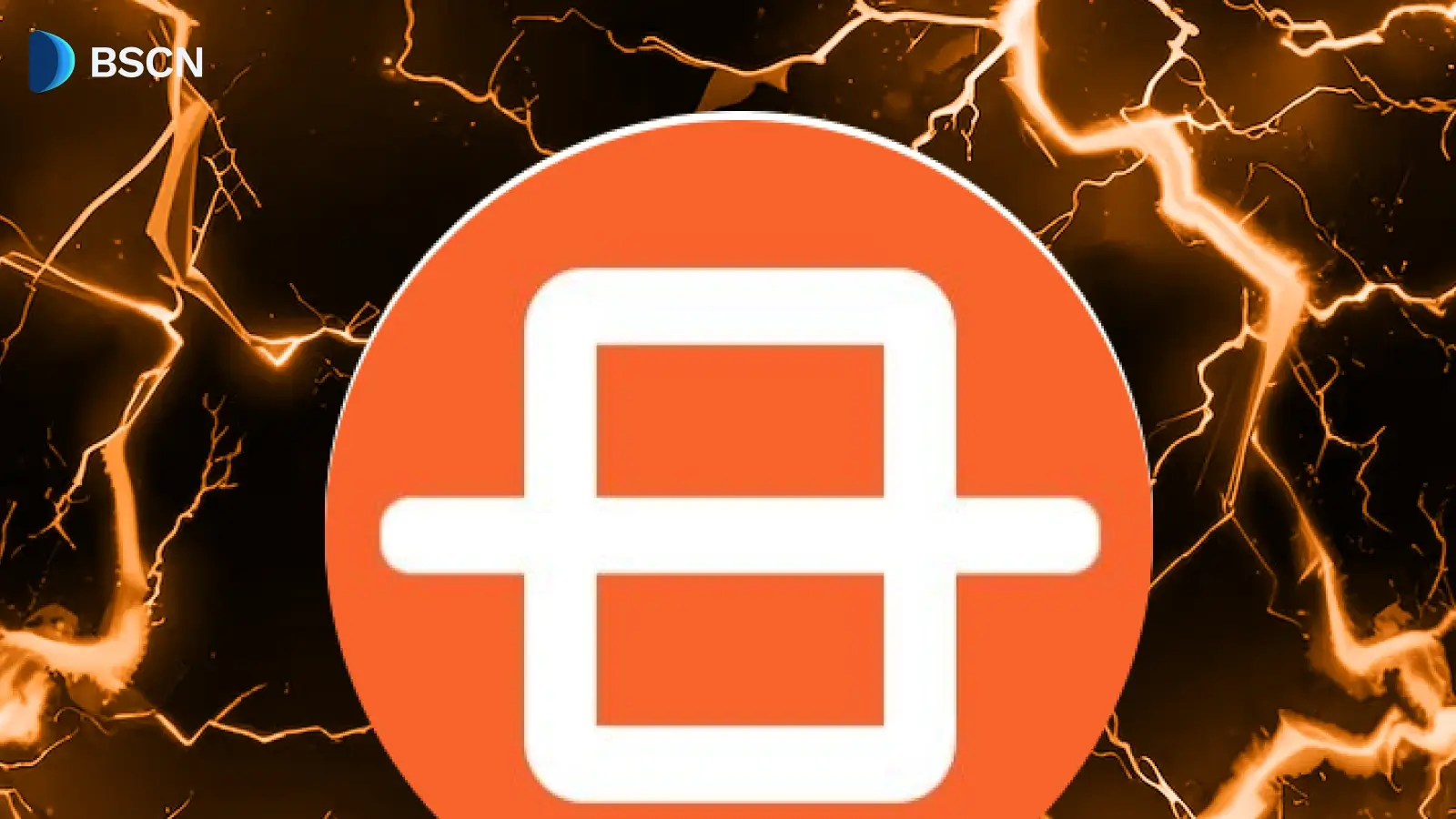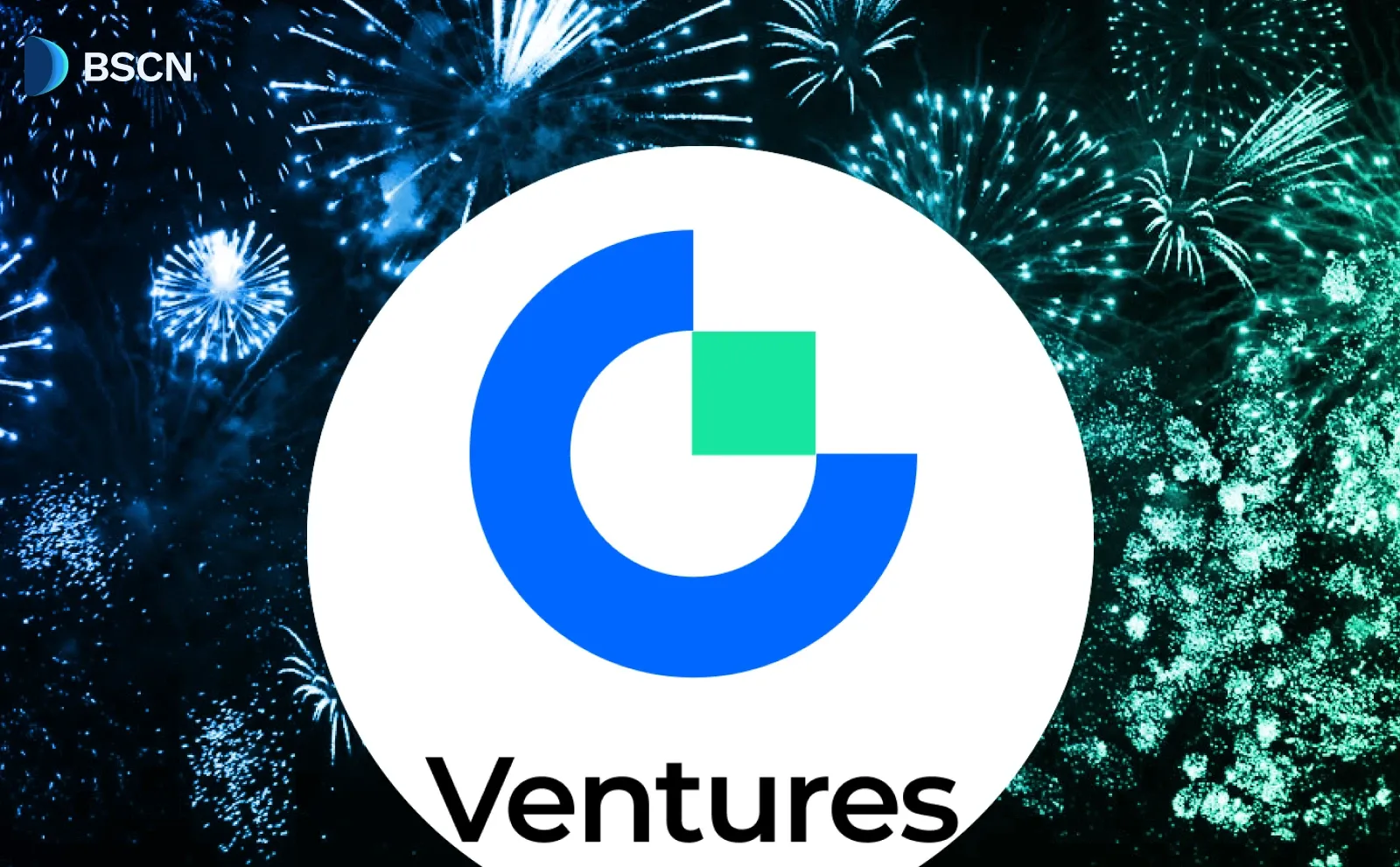Research
(Advertisement)
Wormhole Unveils W 2.0 Tokenomics: What it Means for Users

Wormhole introduces W 2.0 tokenomics, refining rewards, unlocks, and reserves to support long-term stability and user participation.
Miracle Nwokwu
September 29, 2025
(Advertisement)
Table of Contents
Wormhole, a cross-chain interoperability protocol, has introduced an update to its native token, W, marking a shift in how the project manages incentives and value distribution. Announced on September 17, 2025, the W 2.0 tokenomics build on the token's existing framework by adding features aimed at long-term stability and user participation. While the changes do not alter the token's core supply or introduce inflation, they refine mechanisms for revenue capture, rewards, and unlocks. This article examines the update's components and explores what it might mean for the project's users, from stakers to developers.
A Brief History of Wormhole and the W Token
Wormhole began operations in October 2020 as a bridge connecting Ethereum and Solana, initially backed by the Solana Foundation. Over the years, it expanded into a broader multichain platform, supporting over 40 blockchains and facilitating asset transfers, data messaging, and applications in decentralized finance (DeFi), non-fungible tokens (NFTs), and governance. The protocol uses a network of validators, known as Guardians, to verify transactions securely, reducing reliance on centralized intermediaries.
The W token, Wormhole's native asset, launched on April 3, 2024, with an airdrop of 617.3 million tokens to early users and contributors. Designed as a multichain token compatible with Solana's SPL standard and Ethereum's ERC-20 via Wormhole's Native Token Transfers (NTT), W powers governance, staking for network security, and ecosystem growth. Its total supply is capped at 10 billion, with about 4.68 billion in circulation as of writing, representing roughly 47% of the maximum. At launch, tokens were distributed across categories including community and launch (17%), ecosystem and incubation (31%), strategic network participants (11.6%), Guardian nodes (5.1%), foundation treasury (23.3%), and core contributors (12%).
The original tokenomics, outlined around 2021, followed industry norms of the time, such as annual cliff unlocks for certain allocations. This setup aimed to align incentives among validators, developers, and users while supporting Wormhole's vision of a connected internet economy. Since then, the protocol has processed over $60 billion in value through more than 1 billion cross-chain messages, serving institutions like BlackRock, Apollo Global Management, and Uniswap.
Breaking Down the W 2.0 Tokenomics Update
The W 2.0 upgrade, detailed in Wormhole's September 17 announcement, introduces three main elements without changing the 10 billion token cap or adding inflation. First, the Wormhole Reserve acts as a strategic pool where protocol revenues—from onchain fees, Portal transfers, and ecosystem apps—accumulate in W tokens. As adoption grows, this reserve locks away value, potentially supporting network expansions and aligning growth with token holders.
Second, a 4% targeted base yield is available for stakers participating in governance. Rewards, drawn from existing supply, are variable and not guaranteed, but active users can boost them via the upcoming Portal Earn program, which awards points for multichain activities like transfers. This encourages ongoing engagement without creating new tokens.
Third, unlock optimization replaces annual cliffs with bi-weekly releases starting October 3, 2025, for categories like Guardian nodes, community allocations, ecosystem funds, and strategic participants. This smoother schedule aims to reduce market pressure from large unlocks, extending locks for investors and validators by six months to October 2028. Core contributor tokens shift to bi-weekly unlocks held in escrow by the Wormhole Foundation, maintaining original contractual terms. The foundation treasury continues its daily four-year vesting.
Wormhole in 2025: Performance and Key Milestones
Wormhole's platform, despite the volatility of its native token, has shown steady growth in usage. It has become a key infrastructure for cross-chain activities, with integrations expanding to include stablecoins like USDC and tokenized real-world assets (RWAs). The protocol's focus on security—bolstered by partnerships with firms like Google Cloud and AMD—has helped it recover from early challenges, including a 2022 exploit that was fully reimbursed.
User engagement has been consistent, with over 1 million unique wallets interacting via tools like the Portal bridge, which has handled more than $55 billion in volume. Staking participation has grown, particularly after governance features went live, allowing holders to influence protocol decisions. While price fluctuations have led to some holders experiencing losses, the project's emphasis on institutional adoption has provided a foundation for resilience. Analysts note that Wormhole's market position strengthened as more chains and assets came online, positioning it as a competitor to protocols like LayerZero.
2025 has also come with several developments for Wormhole, underscoring its role in bridging traditional finance and blockchain. In April, the project celebrated the one-year anniversary of the W token launch by activating staking for governance through the Tally portal, enabling holders to vote on proposals and further decentralize operations. This move coincided with expanded support for native W tokens on chains like Arbitrum, Optimism, and Base.
Throughout the year, Wormhole deepened ties with institutional players. It powered multichain tokenization for billions in funds from BlackRock, Apollo, Hamilton Lane, and VanEck via Securitize, solidifying its status as an interoperability layer for RWAs. In July, Wormhole joined the Tokenized Asset Coalition alongside Fidelity and S&P Dow Jones Indices to advance standards for tokenized assets exceeding $25 billion in value. September brought collaborations, such as enabling the world's first licensed tokenized S&P 500 Index Fund (SPXA) by Centrifuge and Janus Henderson, and expanding Apollo's Diversified Credit Fund to the Sei Network.
Other highlights included the launch of Wormhole Settlement in February for high-volume institutional transfers on Solana, and integrations with emerging chains like Hyperliquid's EVM and Unichain. Looking ahead, Q4 plans involve MultiGov for cross-chain DAO governance, full Wormhole governance activation, and a Portal upgrade with monetization features. These steps have helped Wormhole process over $1.2 billion in volume during high-activity periods, such as the U.S. election weekend.
What the W 2.0 Upgrade Means for Users
For everyday users, such as those bridging assets via Portal, the update could enhance predictability. Bi-weekly unlocks might stabilize token supply dynamics, potentially reducing volatility during release events. Stakers gain clearer reward paths, with the 4% base yield offering a baseline incentive for governance involvement—though users should note rewards are emissions, not interest, and subject to change.
Developers and integrators benefit from the reserve's focus on ecosystem growth, as accumulated value could fund tools like NTT or Queries. Institutional users, already relying on Wormhole for tokenized funds, may see improved alignment, with revenues feeding back into the token. However, participation requires staking, and yields depend on activity levels. Users interested in Portal Earn should monitor its launch for point-based boosts, which could make routine transfers more rewarding.
Overall, the changes position W as a more mature asset, emphasizing utility over speculation. Those holding or staking W can access governance at tally.xyz, while explorers like wormholescan.io provide transparency on unlocks and circulation.
Looking Ahead for Wormhole
As Wormhole approaches its fifth anniversary in October 2025, the W 2.0 update signals a commitment to evolving with the multichain landscape. With governments, corporations, and institutions increasingly launching onchain products, the protocol's role in unifying blockchains could expand. Future focuses include boosting asset transfer volumes, advancing products like Portal and NTT, and attracting more institutional-grade assets.
As the internet economy connects further, these tokenomics refinements may help Wormhole sustain its position, offering users tools to participate in that growth.
Sources:
- Wormhole Announces W Token 2.0 Upgrade: https://wormhole.com/blog/wormhole-announces-w-token-2-0-upgrade
- Wormhole Integrates Google Cloud into Guardian Security System: https://wormhole.com/blog/wormhole-integrates-google-cloud-into-guardian-security-system
- Wormhole Expands Ecosystem with AMD as Hardware Accelerator Provider: https://wormhole.com/blog/wormhole-expands-ecosystem-adding-amd-as-hardware-accelerator-provider
- Chainalysis Report: Wormhole Hack February 2022: https://www.chainalysis.com/blog/wormhole-hack-february-2022/
Read Next...
Frequently Asked Questions
What changes does Wormhole’s W 2.0 tokenomics update bring?
Wormhole’s W 2.0 tokenomics update, announced on September 17, 2025, refines the distribution and reward mechanisms of the W token without changing its total supply. The upgrade introduces a Wormhole Reserve for protocol revenues, a 4% targeted base yield for stakers, and a bi-weekly unlock schedule to smooth token release events.
Does W 2.0 introduce inflation to Wormhole’s token supply?
No, W 2.0 does not introduce inflation. The total supply of W remains capped at 10 billion tokens. Instead, the update reallocates existing supply to improve stability and long-term participation.
How does the Wormhole Reserve work?
The Wormhole Reserve acts as a strategic pool that accumulates W tokens from protocol revenues, such as onchain fees and ecosystem applications. This reserve can be used to support network expansion and align token growth with adoption.
What changes were made to W token unlocks?
Instead of annual cliff unlocks, W 2.0 introduces bi-weekly token releases starting October 3, 2025. This change aims to reduce market pressure, extend investor and validator locks until October 2028, and stabilize token supply dynamics.
What benefits do users get from staking W tokens under W 2.0?
Stakers can earn a variable yield, with a targeted base of 4%. Rewards are sourced from existing supply, not new emissions. Users can also boost their returns through the upcoming Portal Earn program, which incentivizes multichain activities like transfers.
Disclaimer
Disclaimer: The views expressed in this article do not necessarily represent the views of BSCN. The information provided in this article is for educational and entertainment purposes only and should not be construed as investment advice, or advice of any kind. BSCN assumes no responsibility for any investment decisions made based on the information provided in this article. If you believe that the article should be amended, please reach out to the BSCN team by emailing [email protected].
Author
 Miracle Nwokwu
Miracle NwokwuMiracle holds undergraduate degrees in French and Marketing Analytics and has been researching cryptocurrency and blockchain technology since 2016. He specializes in technical analysis and on-chain analytics, and has taught formal technical analysis courses. His written work has been featured across multiple crypto publications including The Capital, CryptoTVPlus, and Bitville, in addition to BSCN.
(Advertisement)
Latest News
(Advertisement)
Crypto Project & Token Reviews
Project & Token Reviews
Comprehensive reviews of crypto's most interesting projects and assets
Learn about the hottest projects & tokens





